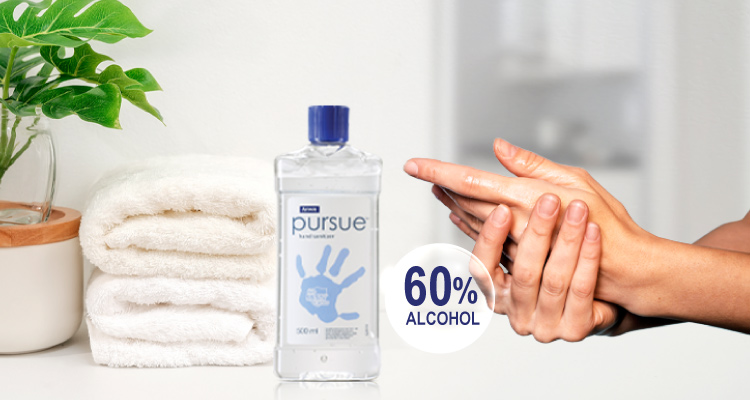
If there’s anything we learned from the COVID-19 pandemic, it’s how easy it is to come into contact with countless surfaces and objects that may harbour harmful bacteria and viruses every single day. From doorknobs and elevator buttons to ATMs and shaking hands with others, our very own hands are the primary vehicles for spreading these germs.
Fortunately, hand sanitisers have emerged as a powerful weapon in the battle against these invisible enemies and the diseases they bring. But as the threat of COVID-19 dies down, is it important to continue using hand sanitiser? More importantly, how effective is it against other types of bacteria and viruses commonly found on human hands and the myriad surfaces we touch on a daily basis?
Understanding the full spectrum of harmful germs
Before delving into the significance of hand sanitizers, it is essential to grasp the variety of germs that threaten our well-being. Bacteria and viruses are the two primary culprits.
Bacteria are single-celled microorganisms that exist everywhere. While some bacteria are harmless or even beneficial, others can cause infections and illnesses. Common bacteria found on human hands include Staphylococcus aureus (Staph), Streptococcus pyogenes (Strep) and Escherichia coli (E. coli).
Viruses, on the other hand, are smaller than bacteria and cannot survive or reproduce without a host cell. They are responsible for a range of infections, from the common cold and flu to more severe illnesses like COVID-19. Prominent viruses found on most surfaces include the Influenza A and B viruses, Rhinoviruses and Coronaviruses.

How does hand sanitiser minimise transmission of germs?
Its primary active ingredient, alcohol (ethanol or isopropyl alcohol), works by denaturing the proteins in bacteria and viruses, effectively destroying them. When used correctly, hand sanitisers that contain at least 60% alcohol significantly reduce the microbes on hands and surfaces.

Hand sanitisers are more convenient than soap and water
One of the key reasons hand sanitisers have gained immense popularity is their ease of use. Unlike traditional handwashing, which requires soap, water and a sink, hand sanitisers can be applied anytime, anywhere. This convenience makes them indispensable for situations where handwashing facilities are scarce, such as during travel, outdoor activities or emergencies.
Can hand sanitisers replace traditional handwashing?
While hand sanitisers are essential when on the go, they should not be considered a replacement for handwashing, but rather a supplement to it. Handwashing with soap and water remains the most effective method to eliminate dirt, grime and certain germs from hands. That said, hand sanitisers continue to prove their worth when soap and water are unavailable or impractical.

The role of hand sanitisers in disease prevention
Regular use of hand sanitisers has been proven to reduce the risk of contracting infections and diseases. By breaking the chain of transmission, hand sanitisers protect not only vulnerable individuals, but also entire communities from outbreaks and epidemics.
Be sure to choose a hand sanitiser formulated to be tough on microbes but gentle on your loved ones. Specially made with mild ingredients and hydrating aloe essence, the Pursue Hand Sanitizer kills 99.9% of germs to keep delicate hands safe, soft and smooth.
It effectively eliminates bacteria such as streptococcus pyogenes (strep throat), enteric pathogens (gastrointestinal diseases), enteric yeasts (fungal infections) and mycobacterium tuberculosis (TB), all of which are commonly found on hands and various surfaces.
Get the Pursue Hand Sanitizer at Amway.my today!